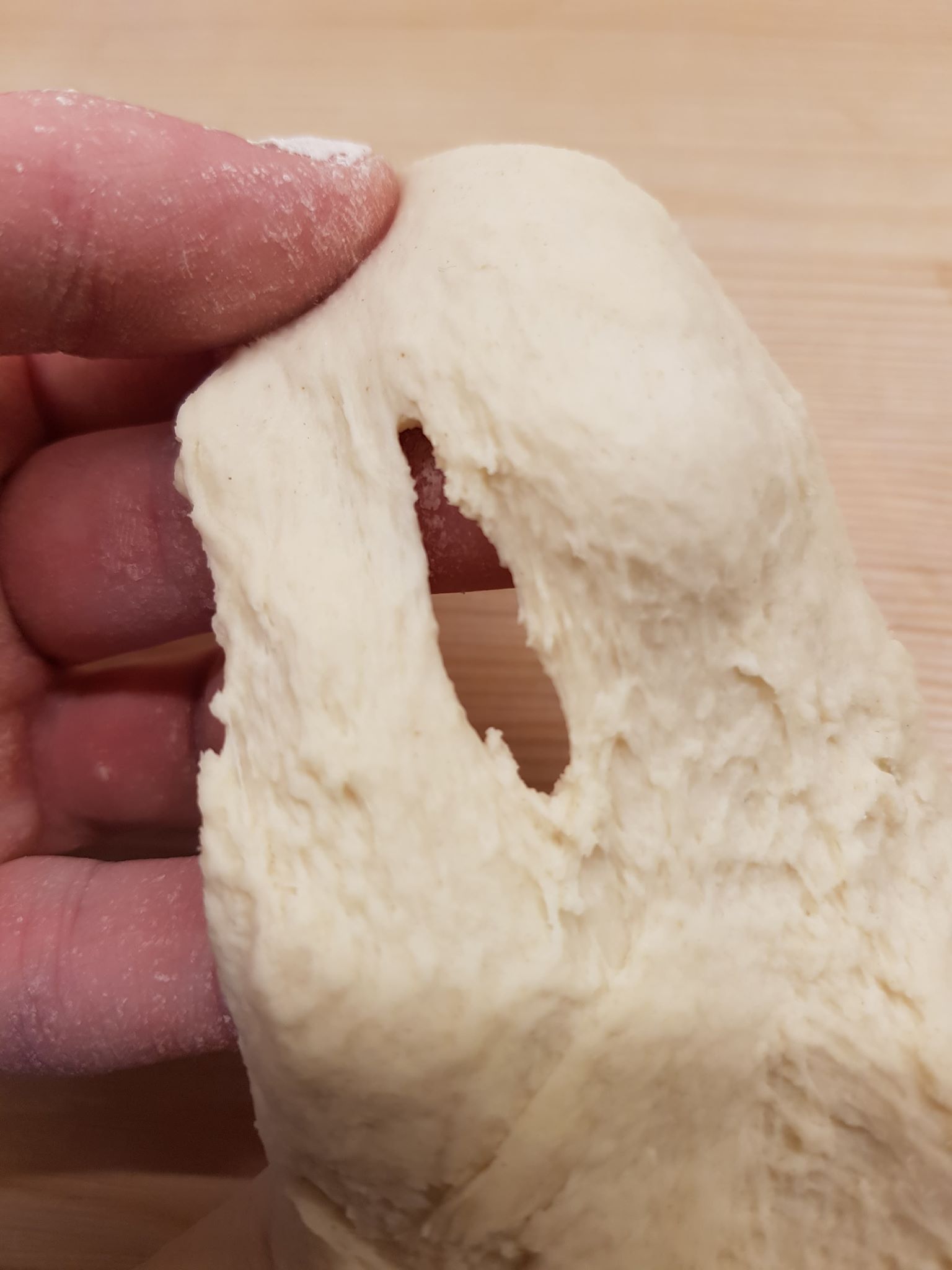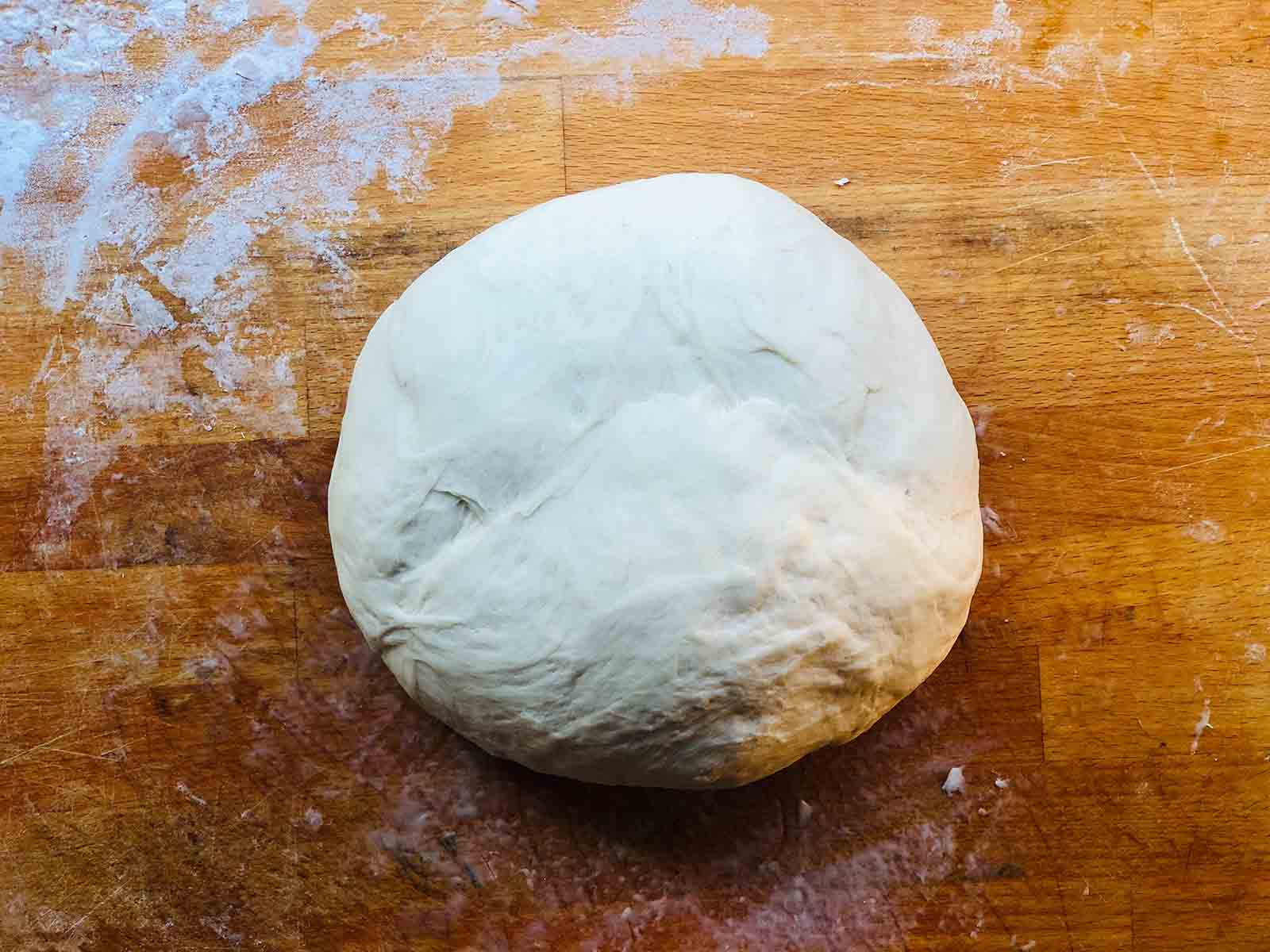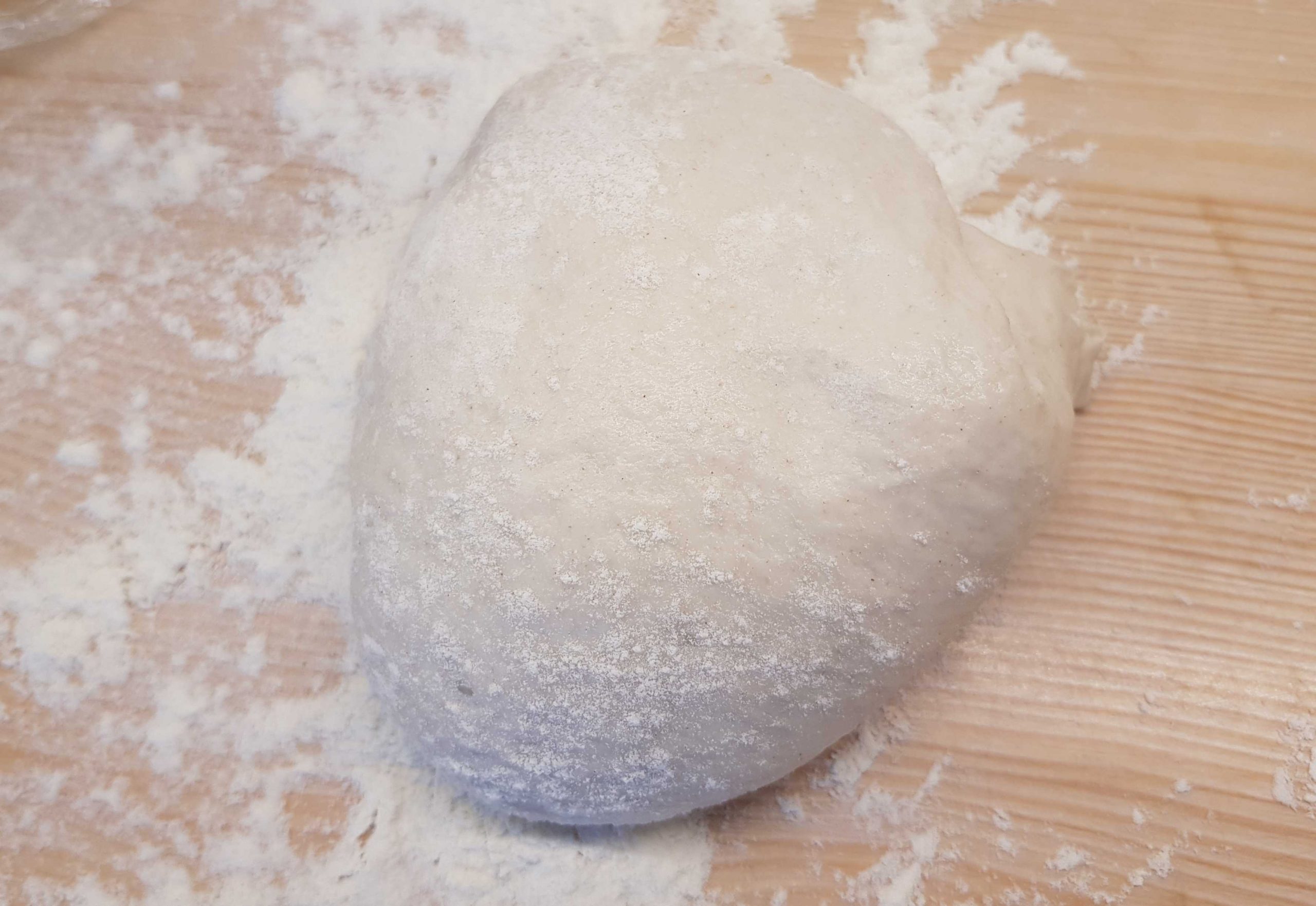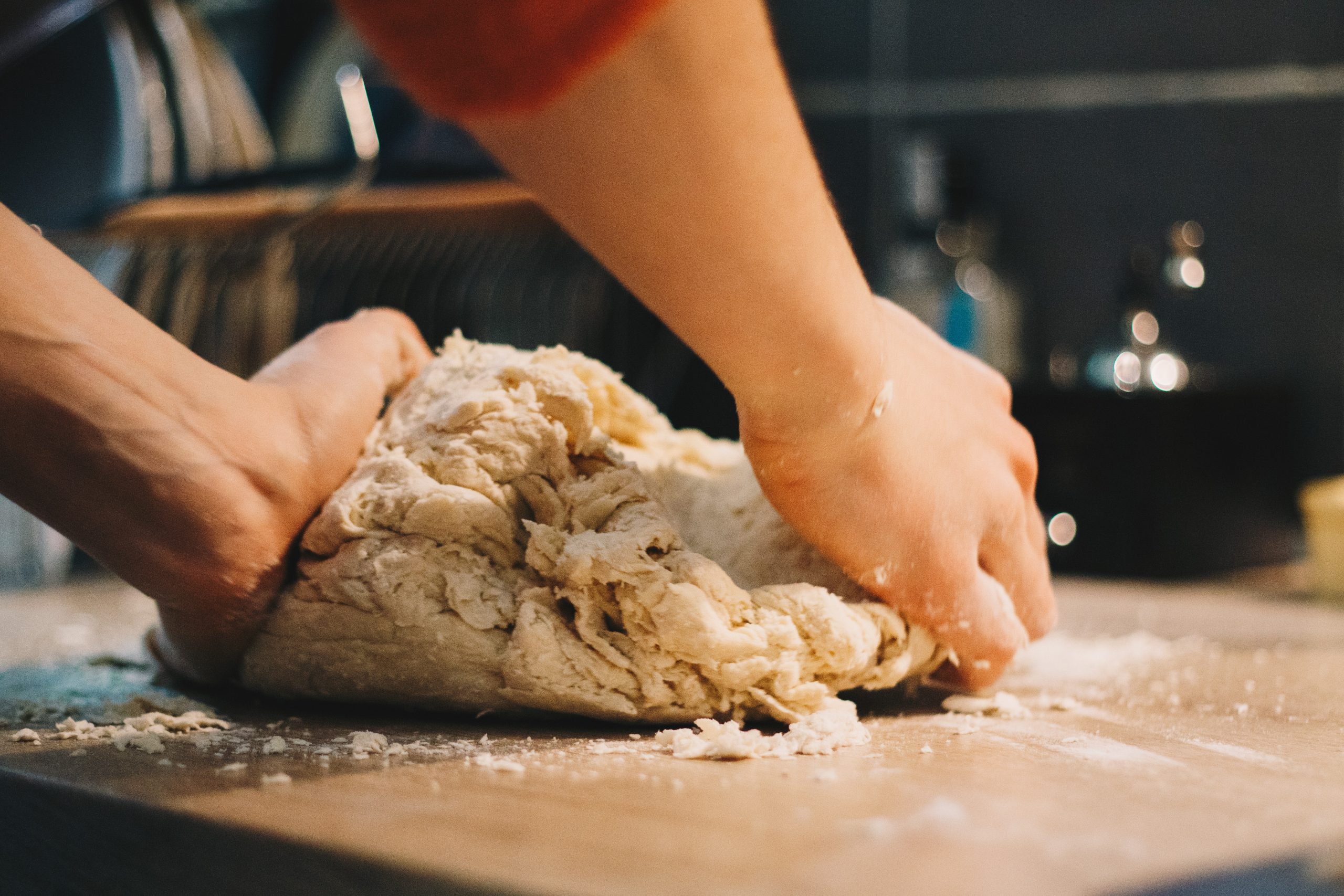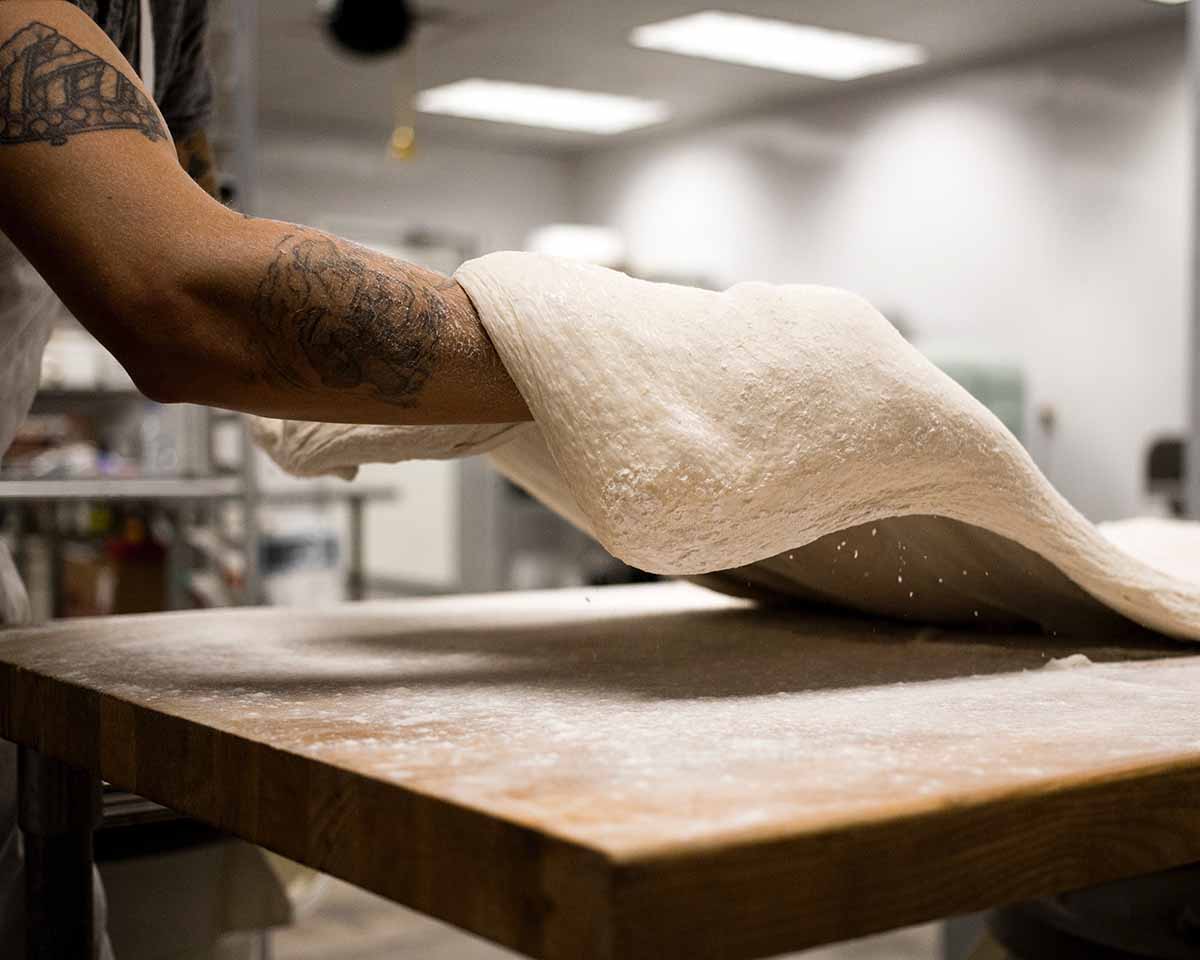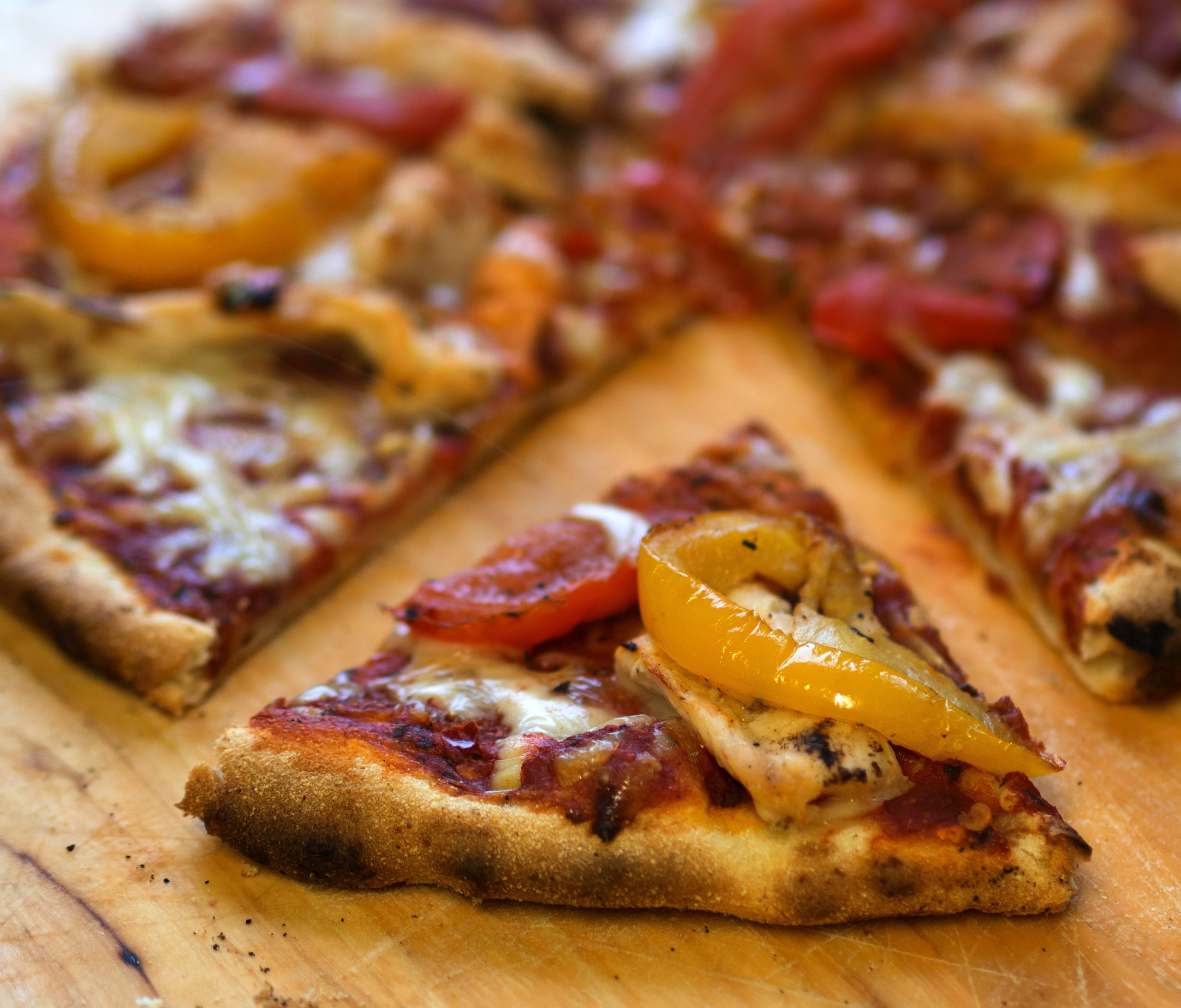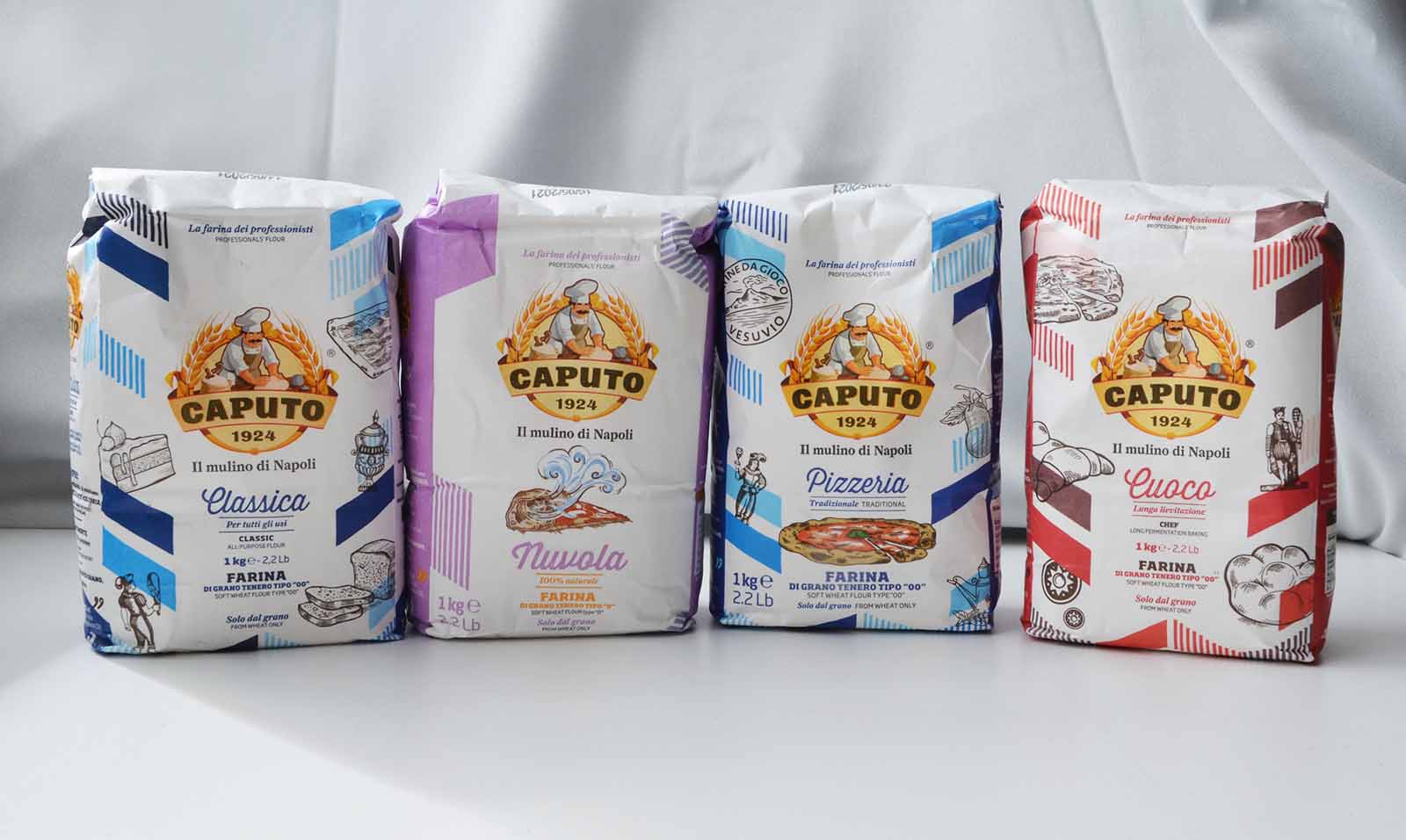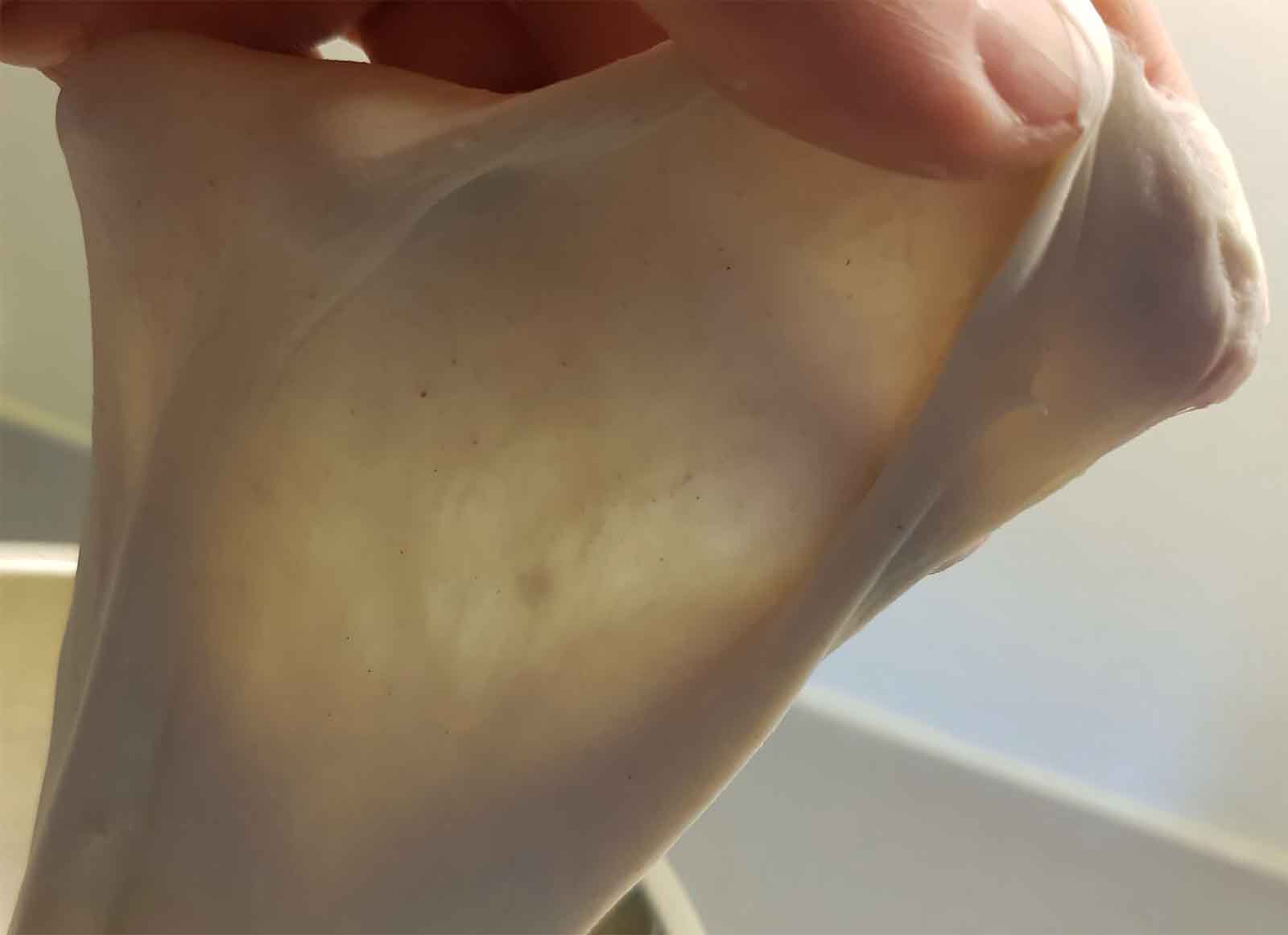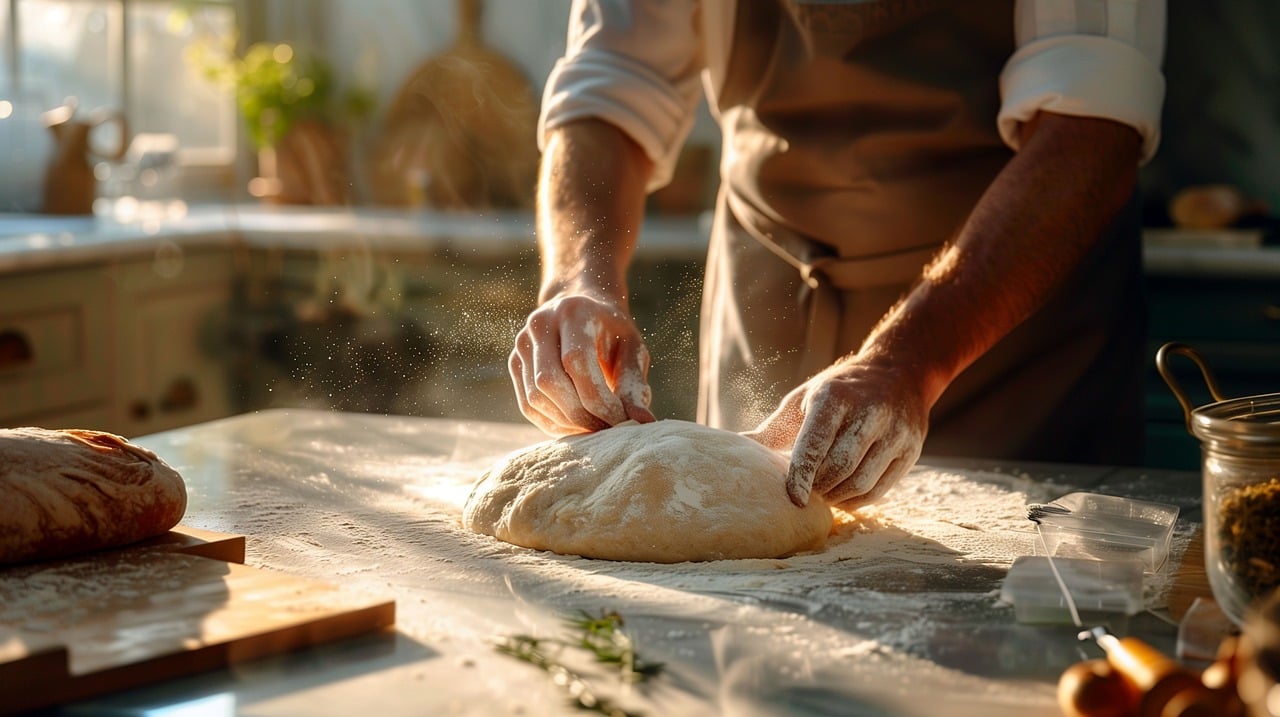A wise man once told me that the most important part of the pizza is the crust, and you need good dough to make an amazing crust. No sauce, cheese, or topping can save a bad pizza crust. If you don’t believe me, you’ve never tried proper Neapolitan pizza!
This page is dedicated to helping you level up your pizza dough skills by providing all the resources to make the perfect pizza. Here’s all you need to know about ingredients, tools, methods, and techniques.
Dough ingredients
Dough making
Fermentation
Dough handling
Dough problems
Latest articles about pizza dough
Why Pizza Dough Tears When Stretching It – the Best Solutions
Are you frustrated that your pizza dough always tears when you're stretching it? Fix it...
Why My Pizza Dough Is Not Rising – The Easy Solution
Why is my pizza dough not rising? Here are the most common resons, and how...
Why Is My Pizza Dough Tough? And How to Fix it
Why is my pizza dough tough? That's a question I've got a lot. This article...
Why Is My Pizza Dough Sticky? And How to Fix It
There are few things that are more frustrating than a too sticky pizza dough. But...
Why Is My Pizza Dough Not Stretchy? How to Make Stretchy, Pliable Pizza Dough Every Time
Is your pizza dough not elastic? The reason is probably the type of flour or...
Why Is My Pizza Crust Hard? How to Make Perfect Crust
Are you tired of dry, hard pizza crust? These are the top reasons why your...
What Is the Best Flour for Neapolitan Pizza? How to Pick the Right Flour
For the best pissible result it's important to use the best flour for neapolitan pizza...
The Ultimate Guide to the Pizza Dough Windowpane Test
Learn everything about the pizza dough windowpane test to perfect your crust! This step-by-step guide...
The Ultimate Guide to Autolyse Pizza Dough
Master the autolyse technique for perfect pizza dough. Improve texture, flavor, and ease of handling...
